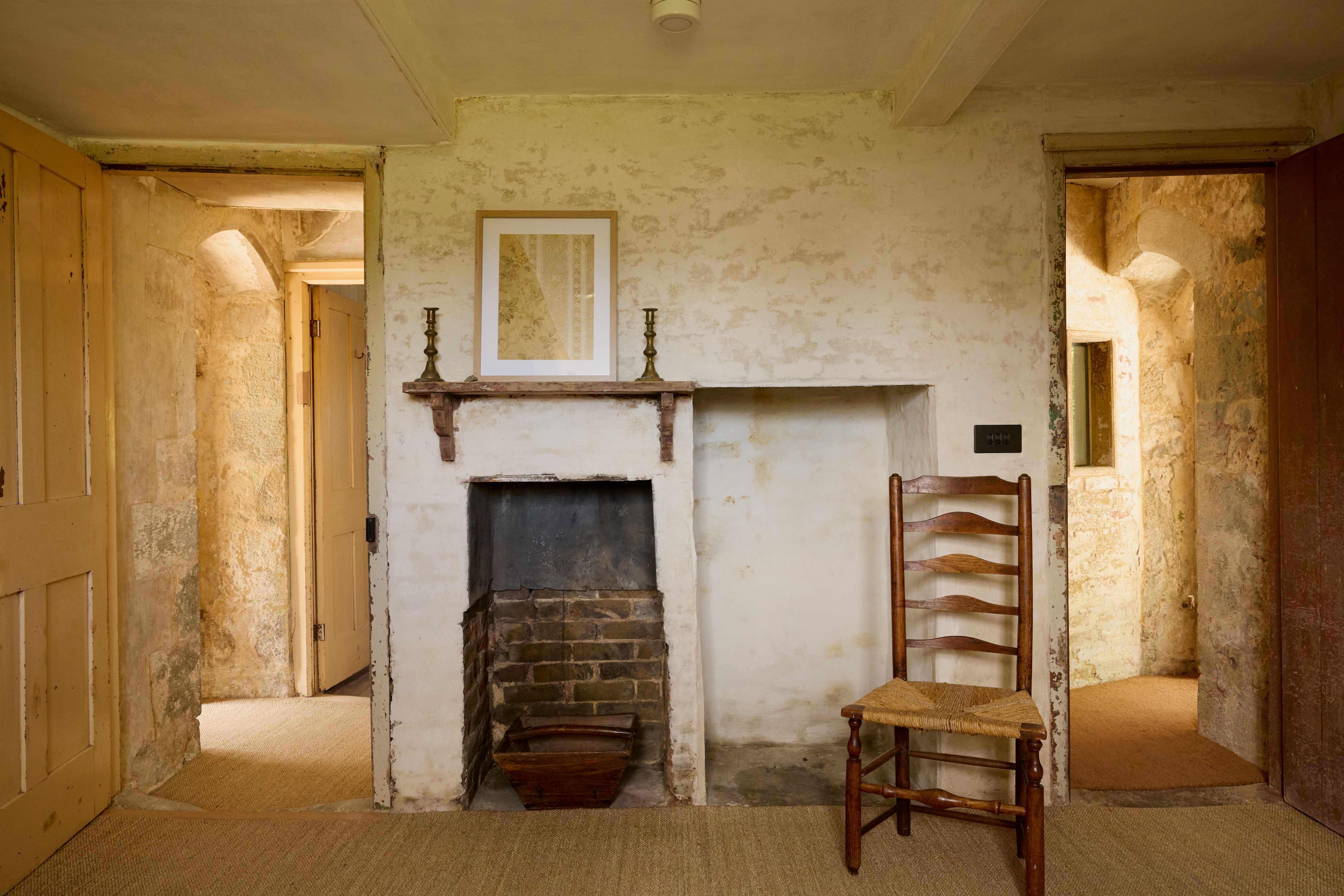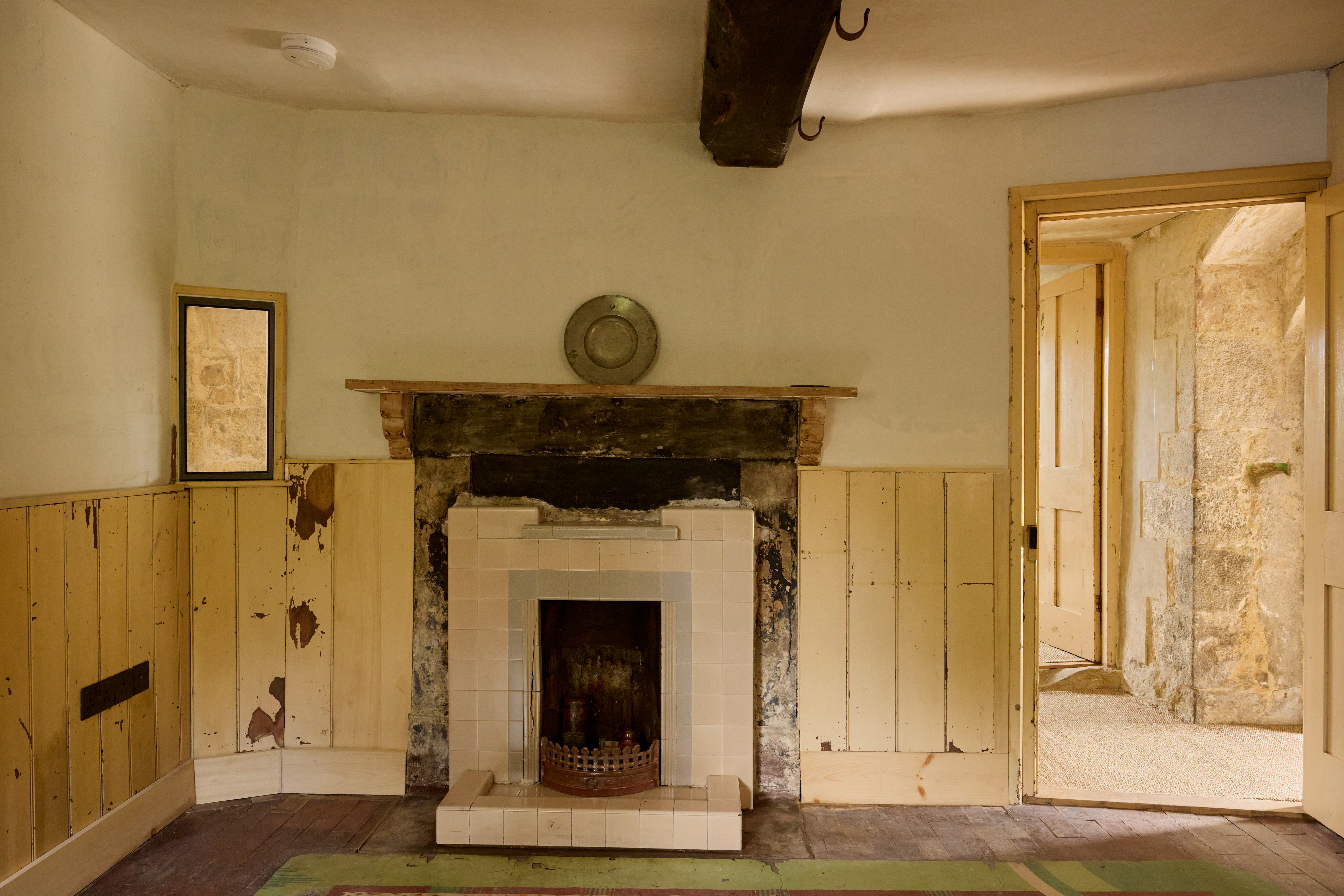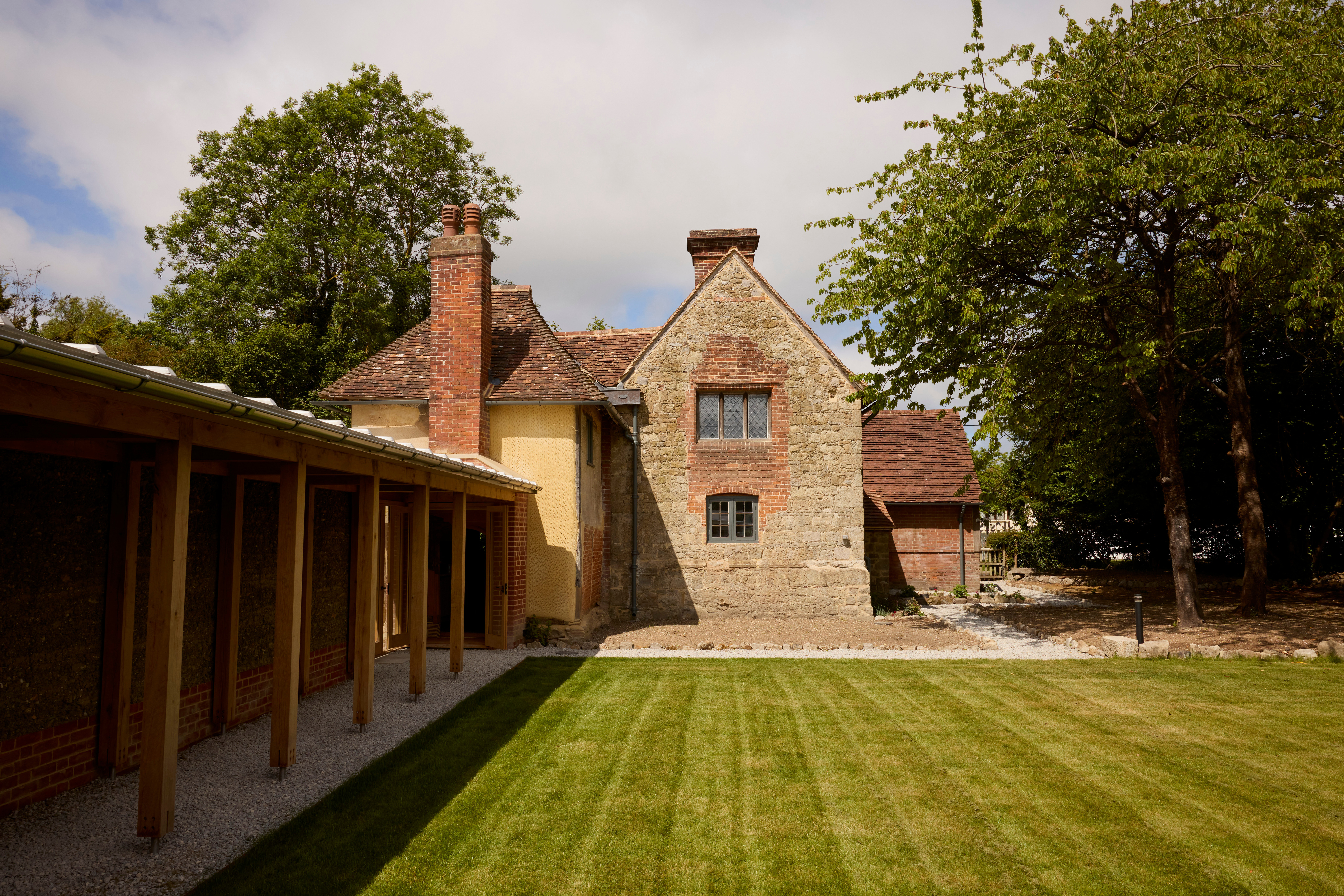Old House Project
By: Jim Biddulph
Back in 2018, passersby of St Andrew’s Chapel near Maidstone in Kent would have been forgiven for dismissing the ancient building as a ruin, or missing the derelict site amongst the overgrowth altogether.
Now, seven years on, the Society for the Protection of Ancient Buildings (SPAB) are proud to present the fruits of an outstanding regeneration program, with stone at the heart of the project.
Founded by William Morris and his fellow campaigners in 1877, SPAB is the UK’s oldest conservation charity, and bought this ‘sleeping beauty’ for as little as £60,000. Recognising the value in the medieval building, with it’s rich and varied history, the team have painstakingly transformed it into a luxury three-bedroomed home which now hits the market at £950,000. The project underlines SPAB’s ongoing dedication to giving old buildings a future, which involves casework, technical research and advice, education and training, awards, outreach and events across the UK and Ireland.

As Matthew Slocombe, CEO of SPAB explains, ‘The SPAB approach involves understanding the building you’re dealing with to work out its story and structural development. By asking the questions: who, what, when, why, and how, the best conservation solution can be identified. Ultimately that is the way to ensure an old building is treated sympathetically.

The outcome of the Old House Project demonstrates a sensitivity to the historic fabric of the building, while bringing it up to date for contemporary habitation. As such, future generations will be able to share in it’s observable history, creating a sense of connection and place that goes well beyond the beautifully textured surfaces. Indeed, the building truly hums with a past well lived - even if the space has remained empty for the past 50 years. Originally believed to be a gatehouse chapel for nearby Boxley Abbey, the chapel prospered from it’s locality to the Pilgram’s Way, receiving donations from devoted wayfarers as far back as 1484 (indicated by tree ring dating of roof timbers). Built during a time of mulitplicite religious relics, the chapel house actually housed a silver clad finger of St Andrew. While built to last using the finest local ragstone and oak, the building suffered at the hands of political …with the dissolution of the monastaries some 50 years after it’s completion. However, having been passed to Tudor poet and courtier Sir Thomas Wyatt of nearby Allington Castle, the chapel remained in safe hands until it was later turned into a cottage in the 18th Century, and more recently used as a grocery in the late 20th Century.
Over the last seven years, SPAB has worked closely with Kent Archaeological Society, Historic England, local people and the council to uncover the building’s story and, even more importantly, to bring St Andrew’s back to life. It’s another stunning example of the teams ongoing aim to turnaround the decline of traditional building craft skill, with repairs to the wood and stone elements being carried out with local material and craftspeople. Lime for conservation work was burnt on site using chalk from the North Downs; stone and aggregate came from Maidstone’s Hermitage ragstone quarry. The impressively crowned and charmingly irregular Kent peg-tiled roof was provided by a local roofing firm and specialist manufacturers, who replaced damaged tiles with new handmade clay ones. The brickwork was conserved by Lynn Mathiasat, known for their work at Hampton Court and Chequers, while the conservation team from Owlsworth IJP, led by mason-turned-site-manager Jim Whitbread, under the direction of architect Mal Fryer were central to the entire process.

Given that around a fifth of the UK’s housing stock is classified as historic (pre-1919), and more often than not, made using stone, this project offers a shining light in how older buildings can be beautifully restored and given a new lease of life.

